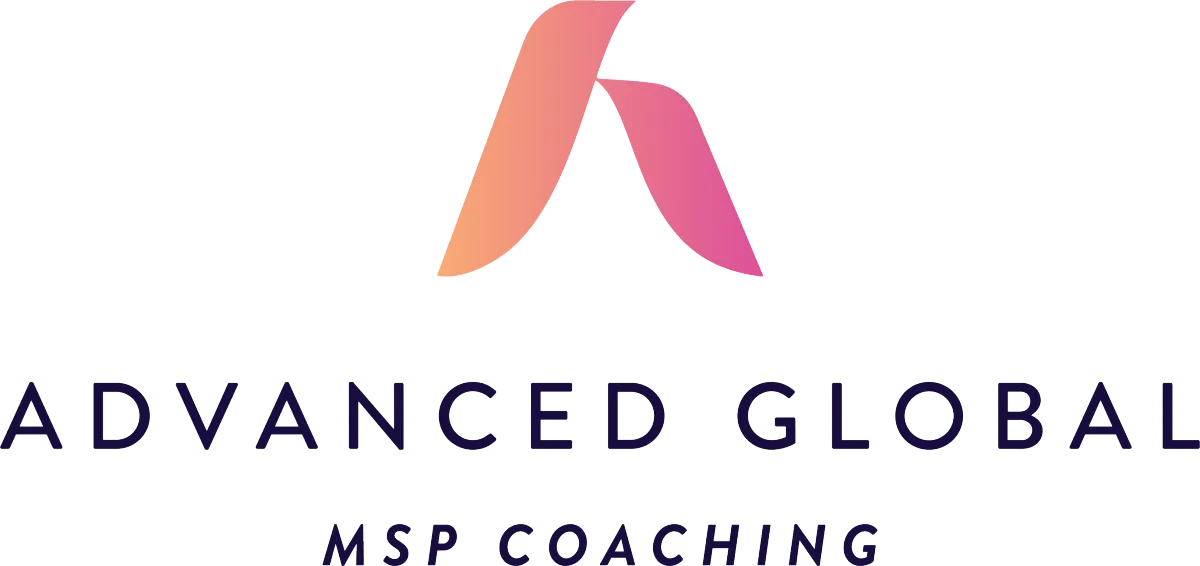
Unfortunately, the page you are looking for is not available.

Please contact us with any questions.

FOLLOW US
COMPANY
Copyright 2025. Advanced Global MSP Coaching. All Rights Reserved.


Please contact us with any questions.

Copyright 2025. Advanced Global MSP Coaching. All Rights Reserved.